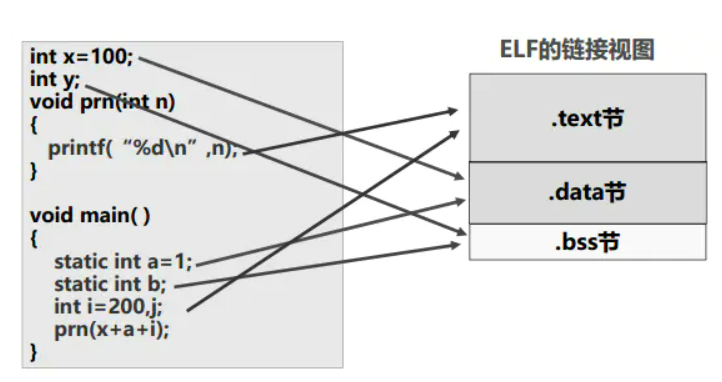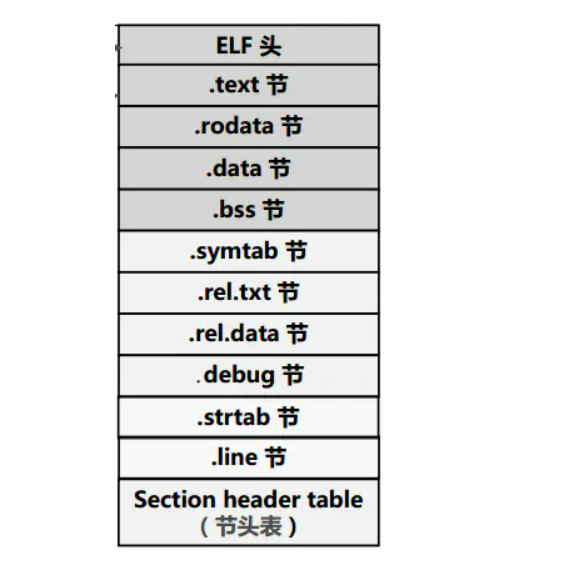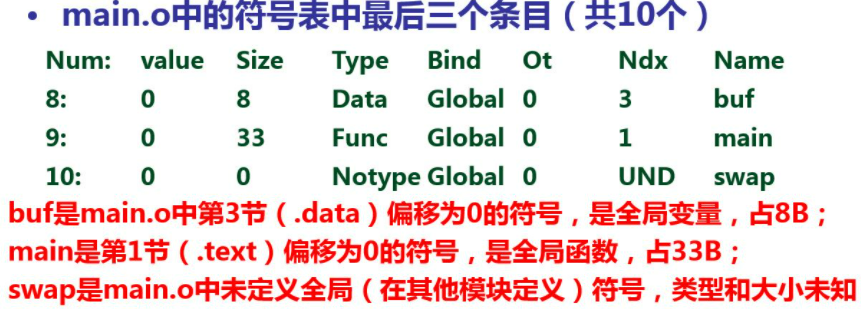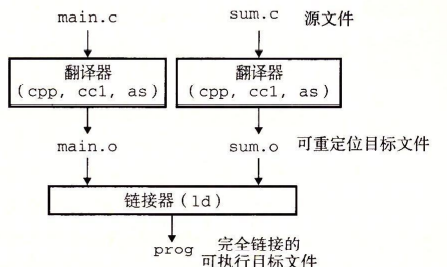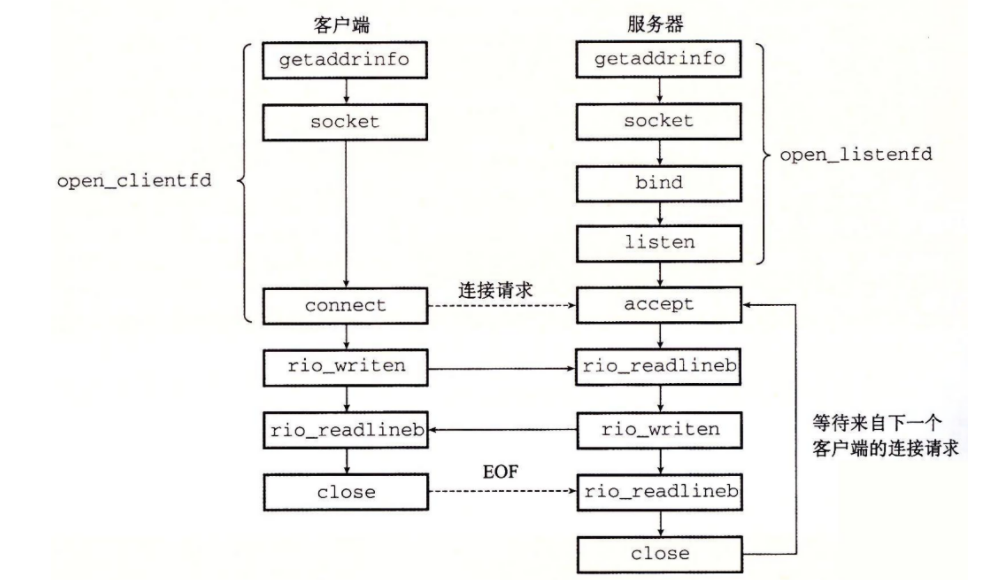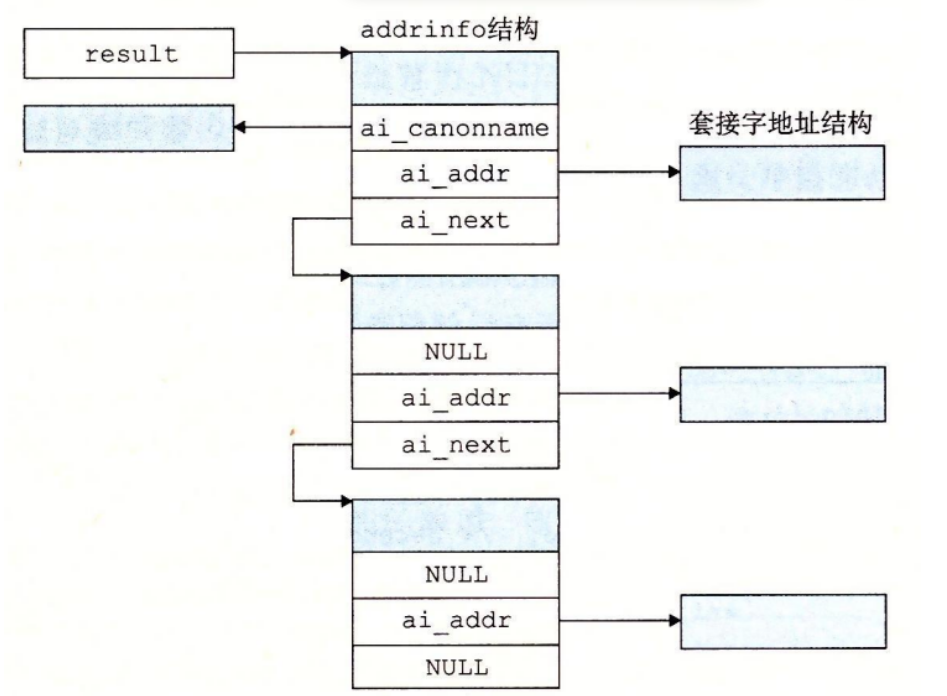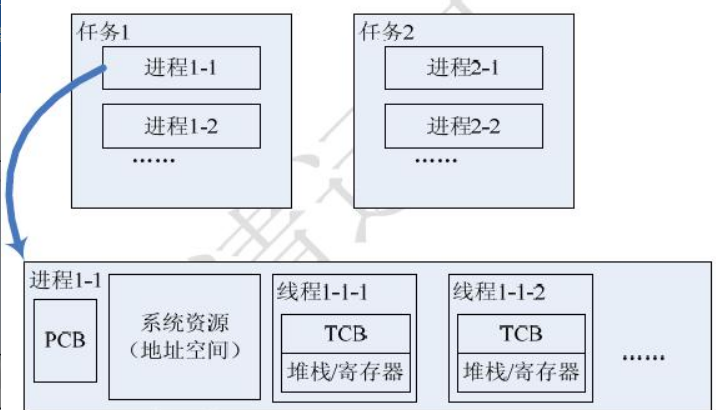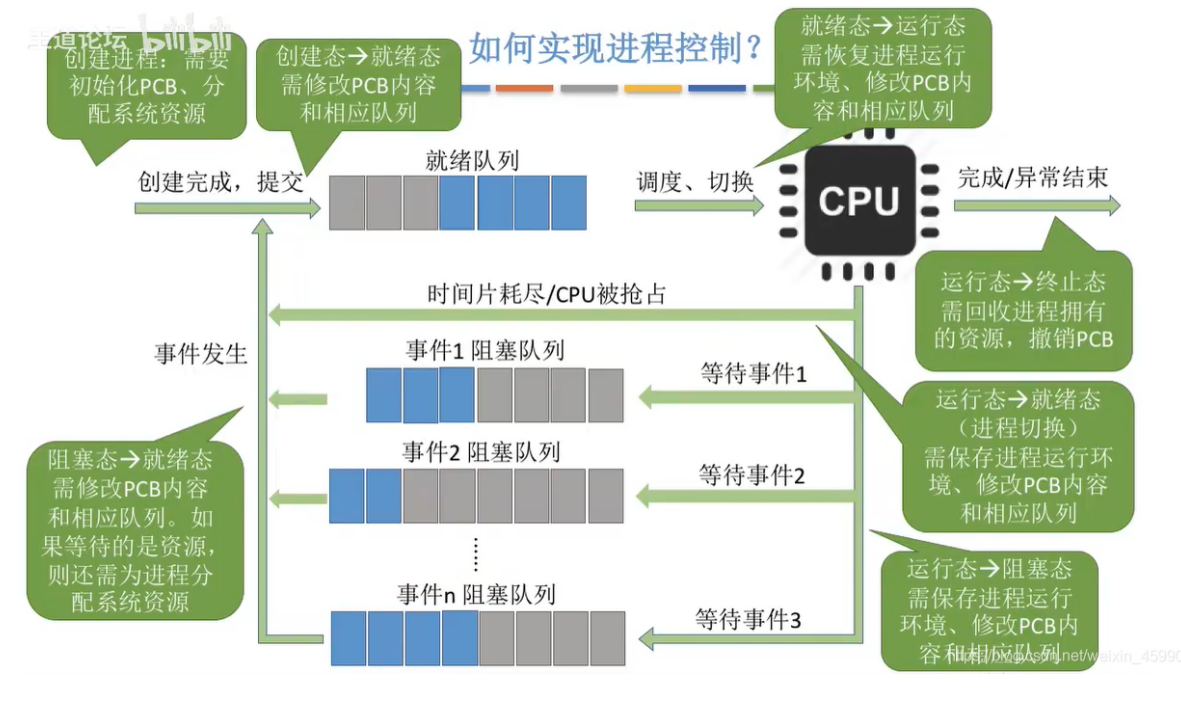1
2
3
4
5
6
7
8
9
10
11
12
13
14
15
16
17
18
19
20
21
22
23
24
25
26
27
28
29
30
31
32
33
34
35
36
37
38
39
40
41
42
43
44
45
46
47
48
49
50
51
52
53
54
55
56
57
58
59
60
61
62
63
64
65
66
67
68
69
70
71
72
73
74
75
76
77
78
79
80
81
82
83
84
85
86
87
88
89
90
91
92
93
94
95
96
97
98
99
100
101
102
103
104
105
106
107
108
109
110
111
112
113
114
115
116
117
118
119
120
121
122
123
124
125
126
127
128
129
130
131
132
133
134
135
136
137
138
139
140
141
142
143
144
145
146
147
148
149
150
151
152
153
154
155
156
157
158
159
160
161
162
163
164
165
166
167
168
169
170
171
172
173
174
175
176
177
178
179
180
181
182
183
184
185
186
187
188
189
190
191
192
193
194
195
196
197
198
199
200
201
202
203
204
205
206
207
208
209
210
211
212
213
214
215
216
217
218
219
220
221
222
223
224
225
226
227
228
229
230
231
232
233
234
235
236
237
238
239
240
241
242
243
244
245
246
247
248
249
250
251
252
253
254
255
256
257
258
259
260
261
262
263
264
265
266
267
268
269
270
271
272
273
274
275
276
277
278
279
280
281
282
283
284
285
286
287
288
289
290
291
292
293
294
295
296
297
298
299
300
301
302
303
304
305
306
307
308
309
310
311
312
313
314
315
316
317
318
319
| #include <stdio.h>
#include "csapp.h"
#define MAX_CACHE_SIZE 1049000
#define MAX_OBJECT_SIZE 102400
static const char* user_agent_hdr = "User-Agent: Mozilla/5.0 (X11; Linux x86_64; rv:10.0.3) Gecko/20120305 Firefox/10.0.3\r\n";
static const char* conn_hdr = "Connection: close\r\n";
static const char* prox_hdr = "Proxy-Connection: close\r\n";
#define TYPES 6
extern const int cache_block_size[];
extern const int cache_cnt[];
typedef struct cache_block {
char* url;
char* data;
int datasize;
int64_t time;
pthread_rwlock_t rwlock;
} cache_block;
typedef struct cache_type {
cache_block* cacheobjs;
int size;
} cache_type;
cache_type caches[TYPES];
void doit(int fd);
void clienterror(int fd, char* cause, char* errnum,
char* shortmsg, char* longmsg);
void parse_uri(char* uri, char* hostname, char* path, int* port);
void* thread(void* vargp);
void init_cache();
int read_cache(char* url, int fd);
void write_cache(char* url, char* data, int len);
void free_cache();
const int cache_block_size[] = { 102, 1024, 5120 ,10240,25600, 102400 };
const int cache_cnt[] = { 40,20,20,10,12,5 };
int64_t currentTimeMillis();
void init_cache()
{
int i = 0;
for (; i < TYPES; i++) {
caches[i].size = cache_cnt[i];
caches[i].cacheobjs
= (cache_block*)malloc(cache_cnt[i] * sizeof(cache_block));
cache_block* j = caches[i].cacheobjs;
int k;
for (k = 0; k < cache_cnt[i]; j++, k++) {
j->time = 0;
j->datasize = 0;
j->url = malloc(sizeof(char) * MAXLINE);
strcpy(j->url, "");
j->data = malloc(sizeof(char) * cache_block_size[i]);
memset(j->data, 0, cache_block_size[i]);
pthread_rwlock_init(&j->rwlock, NULL);
}
}
}
void free_cache() {
int i = 0;
for (; i < TYPES; i++) {
cache_block* j = caches[i].cacheobjs;
int k;
for (k = 0; k < cache_cnt[i]; j++, k++) {
free(j->url);
free(j->data);
pthread_rwlock_destroy(&j->rwlock);
}
free(caches[i].cacheobjs);
}
}
int read_cache(char* url, int fd) {
int tar = 0, i = 0;
cache_type cur;
cache_block* p;
printf("read cache %s \n", url);
for (; tar < TYPES; tar++) {
cur = caches[tar];
p = cur.cacheobjs;
for (i = 0; i < cur.size; i++, p++) {
if (p->time != 0 && strcmp(url, p->url) == 0) break;
}
if (i < cur.size) break;
}
if (i == cur.size) {
printf("read cache fail\n");
return 0;
}
pthread_rwlock_rdlock(&p->rwlock);
if (strcmp(url, p->url) != 0) {
pthread_rwlock_unlock(&p->rwlock);
return 0;
}
pthread_rwlock_unlock(&p->rwlock);
if (!pthread_rwlock_trywrlock(&p->rwlock)) {
p->time = currentTimeMillis();
pthread_rwlock_unlock(&p->rwlock);
}
pthread_rwlock_rdlock(&p->rwlock);
Rio_writen(fd, p->data, p->datasize);
pthread_rwlock_unlock(&p->rwlock);
printf("read cache successful\n");
return 1;
}
void write_cache(char* url, char* data, int len) {
int tar = 0;
for (; tar < TYPES && len > cache_block_size[tar]; tar++);
printf("write cache %s %d\n", url, tar);
cache_type cur = caches[tar];
cache_block* p = cur.cacheobjs, * pt;
int i;
for (i = 0; i < cur.size; i++, p++) {
if (p->time == 0) {
break;
}
}
int64_t min = currentTimeMillis();
if (i == cur.size) {
for (i = 0, pt = cur.cacheobjs; i < cur.size; i++, pt++) {
if (pt->time <= min) {
min = pt->time;
p = pt;
}
}
}
pthread_rwlock_wrlock(&p->rwlock);
p->time = currentTimeMillis();
p->datasize = len;
memcpy(p->url, url, MAXLINE);
memcpy(p->data, data, len);
pthread_rwlock_unlock(&p->rwlock);
printf("write Cache\n");
}
int64_t currentTimeMillis() {
struct timeval time;
gettimeofday(&time, NULL);
int64_t s1 = (int64_t)(time.tv_sec) * 1000;
int64_t s2 = (time.tv_usec / 1000);
return s1 + s2;
}
int main(int argc, char** argv)
{
int listenfd, * connfd;
pthread_t tid;
char hostname[MAXLINE], port[MAXLINE];
socklen_t clientlen;
struct sockaddr_storage clientaddr;
if (argc != 2) {
fprintf(stderr, "usage: %s <port>\n", argv[0]);
exit(1);
}
signal(SIGPIPE, SIG_IGN);
init_cache();
listenfd = Open_listenfd(argv[1]);
while (1) {
printf("listening..\n");
clientlen = sizeof(clientaddr);
connfd = Malloc(sizeof(int));
*connfd = Accept(listenfd, (SA*)&clientaddr, &clientlen);
Getnameinfo((SA*)&clientaddr, clientlen, hostname, MAXLINE,
port, MAXLINE, 0);
printf("Accepted connection from (%s, %s)\n", hostname, port);
Pthread_create(&tid, NULL, thread, connfd);
}
free_cache();
return 0;
}
void* thread(void* vargp)
{
int connfd = *((int*)vargp);
Pthread_detach(pthread_self());
Free(vargp);
doit(connfd);
Close(connfd);
return NULL;
}
void doit(int client_fd)
{
int endserver_fd;
char buf[MAXLINE], method[MAXLINE], uri[MAXLINE], version[MAXLINE];
rio_t from_client, to_endserver;
char hostname[MAXLINE], path[MAXLINE];
int port;
Rio_readinitb(&from_client, client_fd);
if (!Rio_readlineb(&from_client, buf, MAXLINE))
return;
sscanf(buf, "%s %s %s", method, uri, version);
if (strcasecmp(method, "GET")) {
clienterror(client_fd, method, "501", "Not Implemented",
"Proxy Server does not implement this method");
return;
}
int ret = read_cache(uri, client_fd);
if (ret == 1) {
return;
}
parse_uri(uri, hostname, path, &port);
char port_str[10];
sprintf(port_str, "%d", port);
endserver_fd = Open_clientfd(hostname, port_str);
if (endserver_fd < 0) {
printf("connection failed\n");
return;
}
Rio_readinitb(&to_endserver, endserver_fd);
char newreq[MAXLINE];
sprintf(newreq, "GET %s HTTP/1.0\r\n", path);
build_requesthdrs(&from_client, newreq, hostname);
Rio_writen(endserver_fd, newreq, strlen(newreq));
int n, size = 0;
char data[MAX_OBJECT_SIZE];
while ((n = Rio_readlineb(&to_endserver, buf, MAXLINE))) {
if (size <= MAX_OBJECT_SIZE) {
memcpy(data + size, buf, n);
size += n;
}
printf("proxy received %d bytes,then send\n", n);
Rio_writen(client_fd, buf, n);
}
printf("size: %d\n", size);
if (size < MAX_OBJECT_SIZE) {
write_cache(uri, data, size);
}
}
void clienterror(int fd, char* cause, char* errnum,
char* shortmsg, char* longmsg)
{
char buf[MAXLINE], body[MAXBUF];
sprintf(body, "<html><title>Proxy Error</title>");
sprintf(body, "%s<body bgcolor=""ffffff"">\r\n", body);
sprintf(body, "%s%s: %s\r\n", body, errnum, shortmsg);
sprintf(body, "%s<p>%s: %s\r\n", body, longmsg, cause);
sprintf(body, "%s<hr><em>The Proxy Web server</em>\r\n", body);
sprintf(buf, "HTTP/1.0 %s %s\r\n", errnum, shortmsg);
Rio_writen(fd, buf, strlen(buf));
sprintf(buf, "Content-type: text/html\r\n");
Rio_writen(fd, buf, strlen(buf));
sprintf(buf, "Content-length: %d\r\n\r\n", (int)strlen(body));
Rio_writen(fd, buf, strlen(buf));
Rio_writen(fd, body, strlen(body));
}
void parse_uri(char* uri, char* hostname, char* path, int* port) {
*port = 80;
char* pos1 = strstr(uri, "//");
if (pos1 == NULL) {
pos1 = uri;
}
else pos1 += 2;
char* pos2 = strstr(pos1, ":");
if (pos2 != NULL) {
*pos2 = '\0';
strncpy(hostname, pos1, MAXLINE);
sscanf(pos2 + 1, "%d%s", port, path);
*pos2 = ':';
}
else {
pos2 = strstr(pos1, "/");
if (pos2 == NULL) {
strncpy(hostname, pos1, MAXLINE);
strcpy(path, "");
return;
}
*pos2 = '\0';
strncpy(hostname, pos1, MAXLINE);
*pos2 = '/';
strncpy(path, pos2, MAXLINE);
}
}
void build_requesthdrs(rio_t* rp, char* newreq, char* hostname, char* port) {
char buf[MAXLINE];
while (Rio_readlineb(rp, buf, MAXLINE) > 0) {
if (!strcmp(buf, "\r\n")) break;
if (strstr(buf, "Host:") != NULL) continue;
if (strstr(buf, "User-Agent:") != NULL) continue;
if (strstr(buf, "Connection:") != NULL) continue;
if (strstr(buf, "Proxy-Connection:") != NULL) continue;
sprintf(newreq, "%s%s", newreq, buf);
}
sprintf(newreq, "%sHost: %s:%s\r\n", newreq, hostname, port);
sprintf(newreq, "%s%s%s%s", newreq, user_agent_hdr, conn_hdr, prox_hdr);
sprintf(newreq, "%s\r\n", newreq);
}
|
